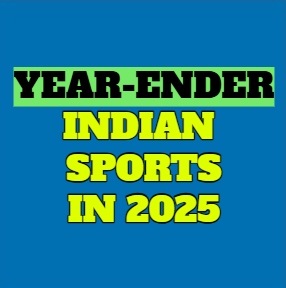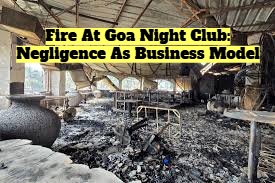

By Sunil Garodia
First publised on 2024-02-14 06:36:50
Three recent annual reports on the education system in India have thrown light on the entire setup from primary to higher education level. The Annual Status of Education Report (ASER), the All India Survey on Higher Education 2021-22 and the State of Teachers, Teaching & Teacher Education for India Report (SOTTER 2023) have reported on the position of enrolments at all stages, the learning outcomes, the status of schools and institutions and the number and quality of teachers employed in these schools and institutions. While many of the findings are good and show that India is on the right track, some others show the flaws in the system which should be examined by policy makers.
ASER
focused on 14-18-year-olds
in rural areas this time, the group whose overall development is crucial if
India is to unlock its demographic dividend. The exercise was conducted across
28 districts in 26 states tapping 34745 respondents and shows that while there
has been a slight improvement in arithmetic abilities, language skills have
gone down marginally. According to the findings in the report, the feared
increase in school dropout due to economic distress because of Covid
disruptions has not happened - it is good to note that more students are taking
up secondary education and, as the report says, "today more children in
India have more years of schooling than ever before".
It is a good sign if more children attend schools for more years but it cannot be an end in itself. Learning outcomes matter more. Some of the findings in this respect are troubling. The report notes that the surveyed group has problems with simple division, something they should have mastered when they were in grade 4. 43.3% (39.5% in 2022) of them could not solve simple division sums. Further, 73.3% could not read class 2 level text in their own language. While this percentage has gone up and down marginally over the years, if two-thirds of youth do not have reading abilities much below their age level, it means gaps in teaching processes. Moreover, 42.7% of them could not read simple sentences in English. This is distressing. ASER also reports that non-urban high school students are increasingly opting for the humanities stream instead of science, engineering or technology and that only 6% are enrolled for vocational training.
The
All India Survey on Higher Education 2021-22, on the other hand, reports
that 7,000 higher education institutions (HEI) have
been added since 2014-15, and student enrolment has grown from 3.42 crore to
4.33 crore in the same period, that is, by 26.5%. It is heartening that with an increase of 32% from 2014-15, women's
enrolment in higher education has overtaken that of men. Over 98,000 researchers (PhD students) among 2.12 lakh
students are women. But the report also notes that private HEIs have increased
by 81% against a 53% increase in Central and state government colleges and
universities. This puts students from weaker economic background at a
disadvantage as they cannot afford to pay the high fees of these private HEIs
some of whom also impart sub-standard education with low-grade infrastructure.
Also, even as student enrolments have increased, teacher recruitment has not kept pace.
It has grown only by 8.4% raising fears about the standard of education in
these HEIs.
SOTTER 2021-22 also provides a clear picture on pupil-teacher
ratio (PTR) teacher recruitments and academic and professional qualifications
of the employed teachers. It reports that while the national average for PTR is
28:1, here are wide variations in states with many states having 30> and
Bihar 50>. Disturbingly, the report finds that "overall, about 68-70% teachers in
government and private schools were teaching subjects in middle and high school
where they had relevant undergraduate specialisations (Table 8). Science
teachers without mathematics were teaching mathematics (41% Government and 35%
private). About 15-16% social science teachers were teaching science subjects.
4-5% teachers were teaching all subjects in both government and private
schools. 5% teachers with backgrounds in commerce or science or mathematics were
involved with language teaching. In 55% of cases in government schools and 50%
cases in private schools, mathematics was being taught by a teacher who had not
studied mathematics in their undergraduation. The scenario in rural school
taken alone was fairly similar; about 69% government school teachers were
teaching subjects in which they had specialisation, as compared to about 63% of
private school teachers".











